We may earn money or products from the companies mentioned in this post. This means if you click on the link and purchase the item, I will receive a small commission at no extra cost to you ... you're just helping re-supply our family's travel fund.

Inflation has made people rethink where every dollar goes. It’s not just about skipping vacations or big purchases anymore; even small habits are under review. The kind of casual spending that once felt harmless a drive-thru latte, a quick app order, or a few streaming add-ons is now on the chopping block. Across the country, people are quietly trading convenience for savings, and the shift reveals how much everyday comfort depends on prices staying steady. Here’s what Americans are cutting back on most right now.
1. Daily Coffee Shop Runs
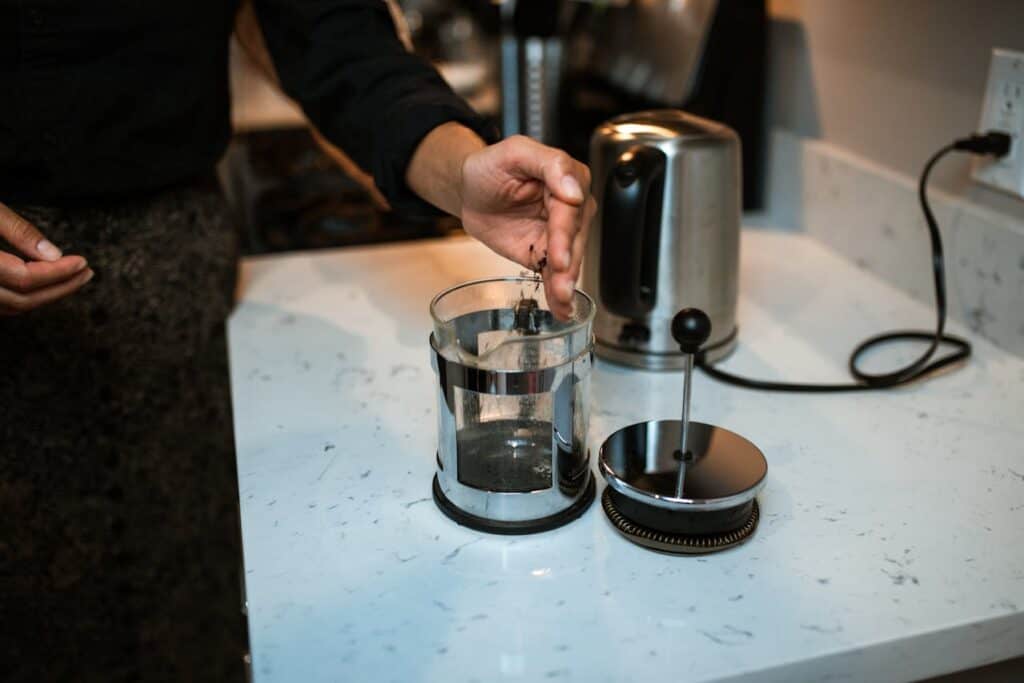
Coffeehouse visits have long been a morning ritual, but those $5 lattes add up fast. Many Americans are switching to at-home brewing using French presses, single-serve machines, or cold brew kits. Some have rediscovered the satisfaction of making a strong cup themselves and pocketing the savings. For commuters, the change isn’t just financial; it’s also about time. Brewing at home means skipping the long line and arriving to work calmer. Chains like Starbucks have noticed dips in routine visits, signaling just how widespread this shift has become.
2. Takeout Lunches
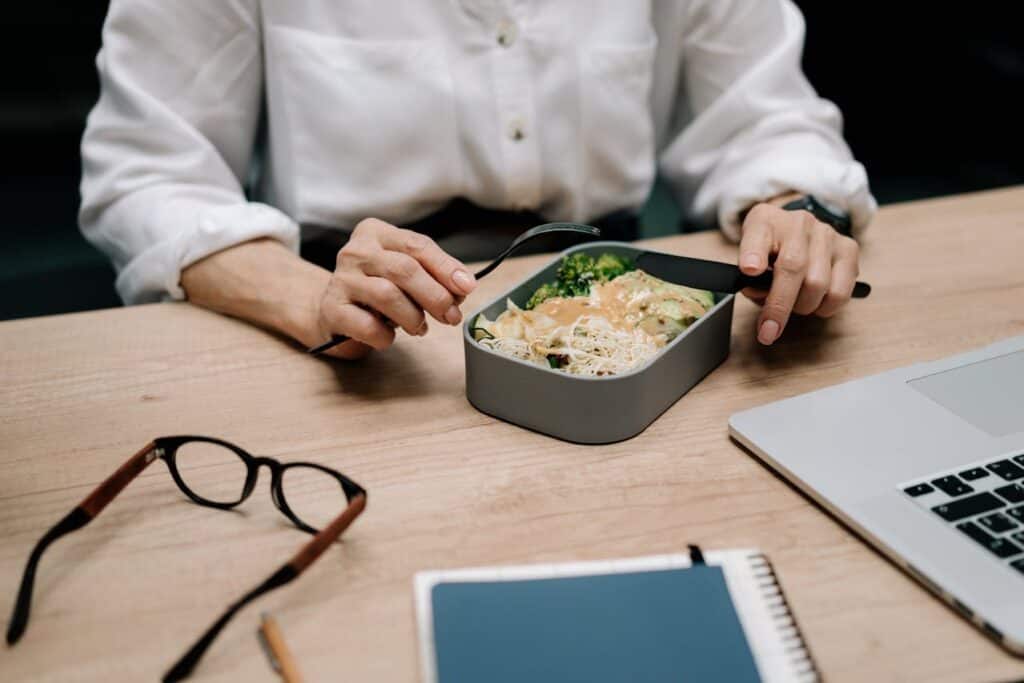
The quick weekday lunch order has taken a hit as prices climb. Sandwiches that used to cost $9 now flirt with $15 after delivery fees and tips. More people are meal-prepping or bringing leftovers, finding it’s not only cheaper but often healthier. Office microwaves are seeing more action again, and companies are even noting higher fridge usage in shared spaces. The savings over a month can easily hit triple digits, making brown-bagging feel less like a chore and more like a smart financial move.
3. Streaming Subscriptions
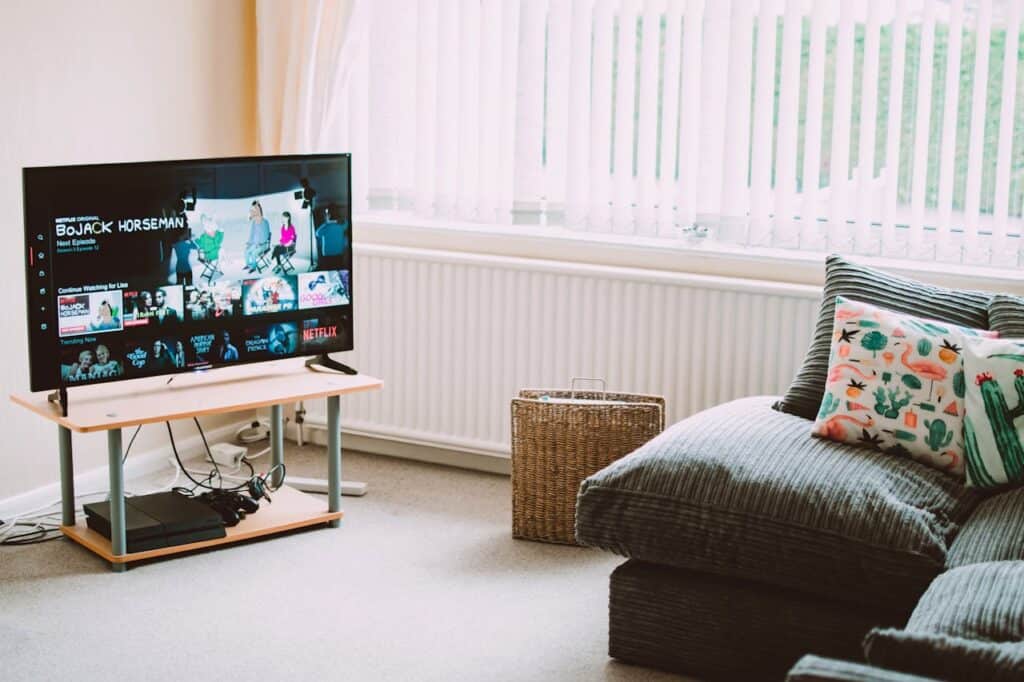
Streaming fatigue is real. Between price hikes and endless platform options, Americans are canceling or rotating subscriptions instead of maintaining five or six at once. The rise of ad-supported tiers shows people still want entertainment but at a lower cost. Shared family accounts are making a comeback, and some are turning to free services or physical media collections. What started as a way to save from cable bills has come full circle, with users now trimming back their once “budget-friendly” digital habits.
4. Ride-Hailing Apps
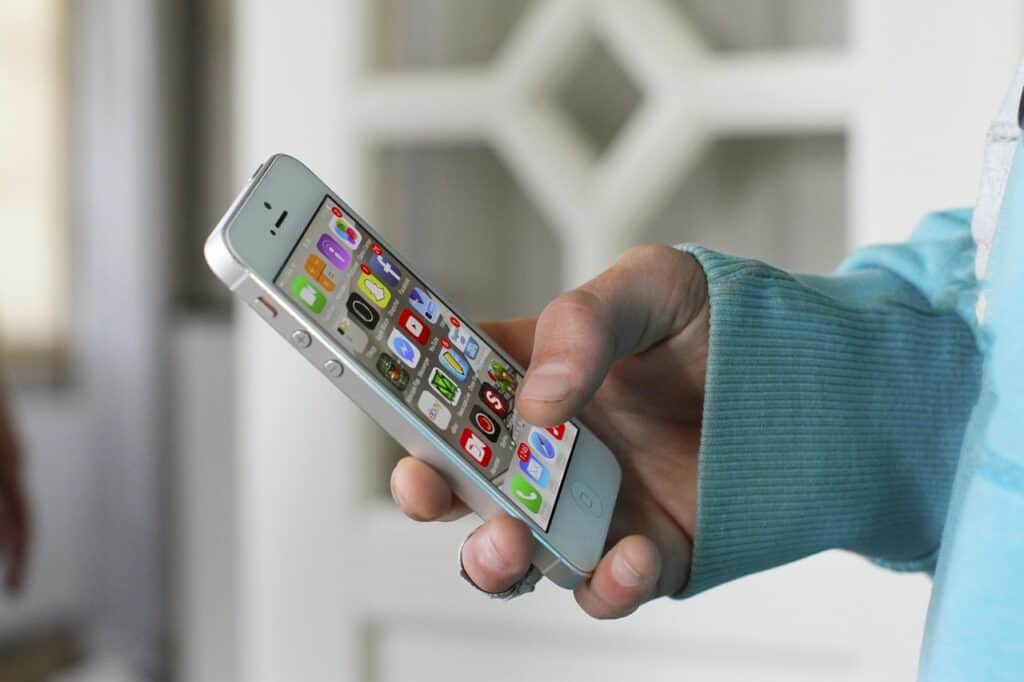
Uber and Lyft used to feel like affordable luxuries, but rising fares have made riders think twice. Many are choosing public transport, carpooling, or simply walking shorter distances. Frequent surge pricing has pushed some to rediscover local taxis, which now look more competitive. In suburban areas, people are dusting off bicycles or relying on friends for rides. While convenience remains the apps’ draw, inflation has reminded riders that spontaneity comes with a steep price tag. The result is fewer impulse trips and more planned travel.
5. Clothing Hauls and Fast Fashion
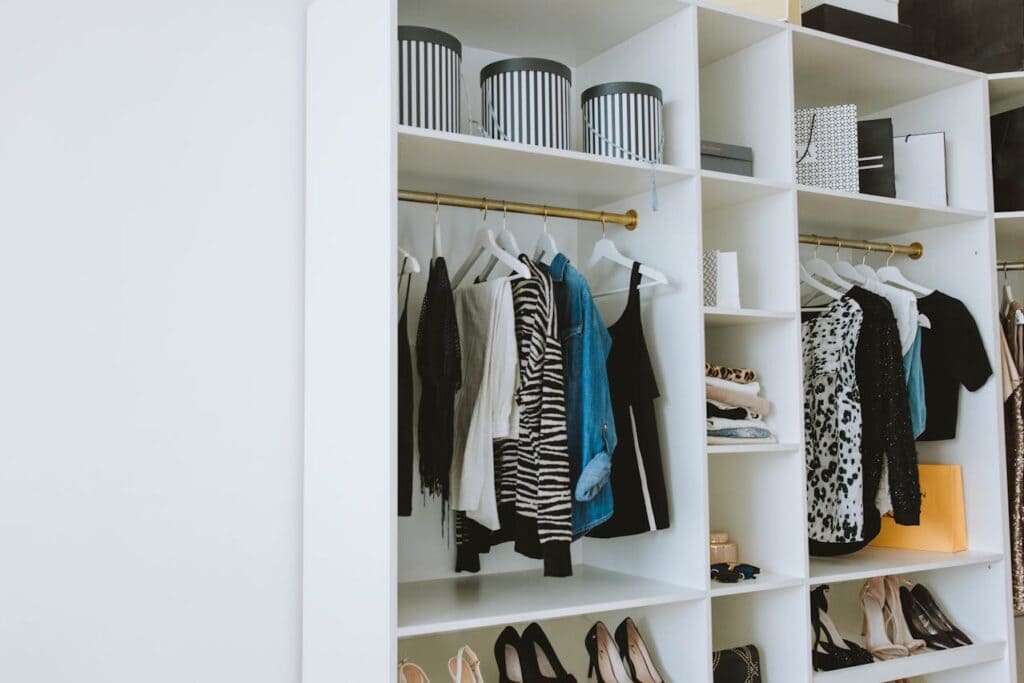
The days of large online fashion orders “just to see what fits” are slowing down. With prices inching up and return policies tightening, shoppers are focusing on quality and longevity instead of volume. Thrift stores, consignment apps, and capsule wardrobes are trending for good reason—they save money and cut waste. The appeal of fast fashion hasn’t disappeared, but inflation has made people pause before hitting checkout. Instead of five cheap tops, buyers are opting for one well-made piece that lasts.
6. Gym Memberships

Membership cancellations and freezes have risen as people weigh costs against use. Home workouts, YouTube trainers, and secondhand fitness gear are filling the gap. Some gyms are responding with flexible day passes and hybrid models, but the loyalty of pre-pandemic days is fading. Many discovered they can stay fit without a $60 monthly charge or commute. What’s changed most is mindset: movement no longer needs a branded space to feel legitimate. Saving money while staying healthy has become its own kind of motivation.
7. Dining Out for Entertainment

Restaurants remain popular for special occasions, but the weekly dinner out is fading fast. Menu prices, higher tips, and added fees have turned casual dining into a treat rather than routine. Instead, people are hosting dinners at home, experimenting with recipes, or inviting friends to potlucks. Even those who still go out often share dishes or skip cocktails to soften the bill. The restaurant industry is adapting with smaller menus and value bundles, but consumers have clearly drawn new lines on dining budgets.
8. Beauty and Grooming Services

Salon visits, manicures, and spa appointments have all seen quieter booking calendars. Inflation has made at-home treatments, DIY kits, and beauty tutorials far more appealing. You’ll see more people cutting or coloring their own hair or spacing out appointments. Many now treat these services as indulgences rather than essentials. The upside is that the beauty industry has responded with better, more affordable home products, narrowing the gap between professional and DIY results without the salon markup.
9. Subscription Boxes
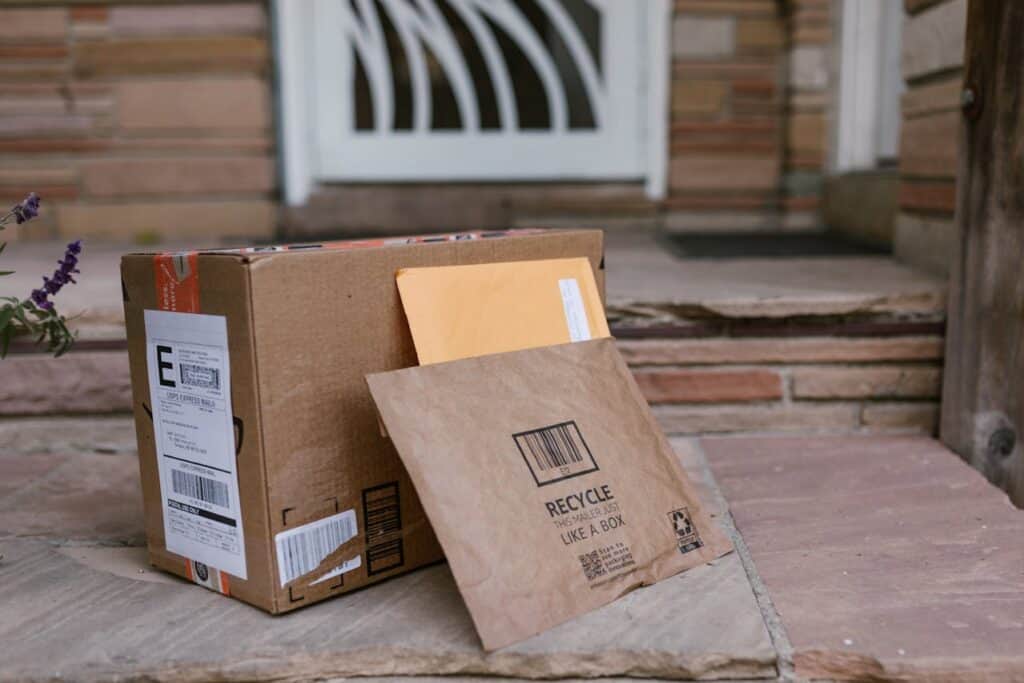
What once felt like a fun surprise now feels like an unnecessary monthly drain. From snacks to skincare to pet toys, subscription boxes are among the first expenses to go when budgets tighten. Many subscribers admit they forgot what was even coming in each shipment. Inflation has pushed consumers to prioritize what they actually use, not what just looks good on delivery day. Companies have noticed the slowdown and are pivoting to one-time boxes or “pause anytime” models to retain hesitant customers.
10. Impulse Grocery Buys

Even supermarket habits have changed. The extra chips, fancy cheeses, or pre-made desserts that used to sneak into carts are being left behind. Shoppers now plan meals with purpose, often checking store apps for real-time discounts before going in. Private-label brands are thriving because they offer near-identical quality at a fraction of the price. The shift doesn’t mean people stopped treating themselves-it just means those treats are chosen carefully, not grabbed impulsively at the end of an aisle.